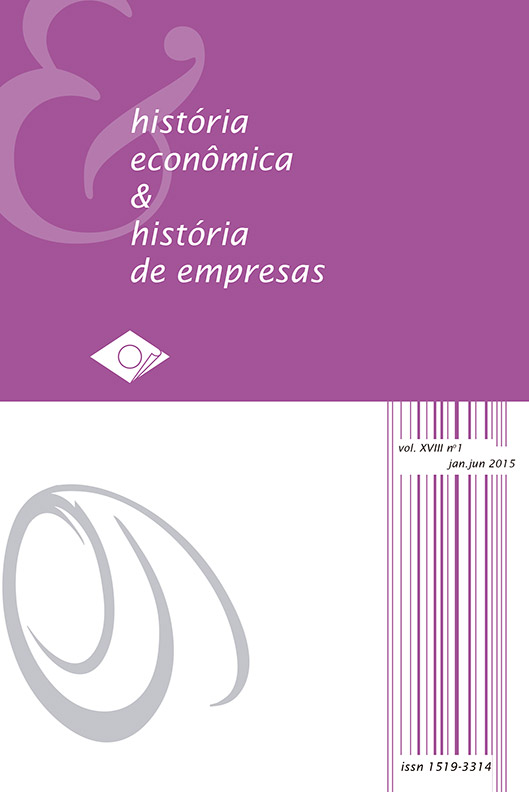The Genoese exchange fairs and the Bank of Amsterdam: Comparing two Financial Institutions of the 17th century
DOI:
https://doi.org/10.29182/hehe.v18i1.425Abstract
In the 17th century, the prime mover of the Genoese exchange fairs was - more than International commerce - the huge volume of transactions generated by the Spanish Crown’s public debt and the financial speculations of the most influential European financial operators (Genoese above all). The purpose of this article is to carry out a comparative analysis of the main dimensions of the Genoese exchange fairs and the Bank of Amsterdam seems to be the logic continuation of the Italian exchange fairs. The Dutch bank should be considered as the final point of a long process of evolution of the domestic monetary market. In fact, it was strongly backed by the merchant class in order to regulate not only the national monetary market, but also to support the International payments system for almost two centuries.
Downloads
Downloads
Published
How to Cite
Issue
Section
License
Authors retain copyright over their work, granting the journal only the right to its first publication. In addition, they are authorized to enter into separate additional contracts for the version of the work published in this journal, provided that the initial publication in this journal is acknowledged.





